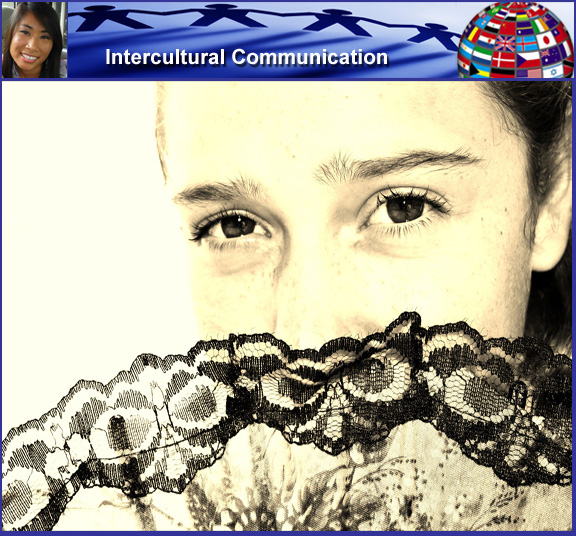As with most cultures, in Centro-American culture it is best to be introduced through a third party like a friend of the family. Being well-connected is an admiral trait in Central America. Women are introduced first, then men, usually according to seniority and importance. Unlike Asian cultures, which stress the importance of business cards with introductions and greetings, it’s more casual in Central America where a soft hand shake or kissing (air kisses please!) will suffice. Business cards may be exchanged, but they are used mainly as a resume device indicating your rank in the company, so be sure to put your full title and any advance degrees you hold, because they care. Oh, and Spanish on one side of the card, please and thanks.
Just because there is less hype about business cards in Central America than Asia does not mean that the culture is informal. On the contrary, titles and hierarchy create a formal culture. Hierarchy dictates who is spoken to first, as well as communication styles. Due to respect for hierarchy and dependence on others in making decisions, watching what you say is highly advisable. Though there is a desire for smooth interpersonal working relationships, silence is uncommon in communications. There is more a of a penchant for multiple conversations simultaneously and frequent interruptions. Think of a huge family party with lots of conversations, laughter and raised voices. Many businesses in Central America want to prove that they are capable of conducting business and will rarely shoot down a reasonable request, even if they lack the means to accomplish it.
In the United States there are certain norms, or rules, when it comes to space between people. Personal space, which is typically indicated as a bubble around your person… well that’s going to be popped real fast in Central America. People in Central America tend to stand closer to others and the whole (air) kissing thing is not a typical greeting in the U.S. but it is part of the culture. Once again, think of this like a family gathering or greeting, where the mother usually offers a hug to any of her children’s friends or acquaintances (well, my mother does at least). It is not necessarily an invasion of personal space just a gesture of welcome. Similarly winking and whistling is not necessarily a “come hither” gesture, but more of a reaction to what you may be saying, so don’t take it personal. And while eye contact indicates paying attention, ladies beware of machismo, and limit eye contact as it may encourage further advances. Central Americans are usually more “touchy” than us here in the U.S., but we are so used to being detached when it comes to business that we can come across as distant and rational, maybe even cold, so try to change it up a bit and be a little more personable and warm…remember you want to be part of their family, accepted into their society, gain their trust.


 06/12/2011
06/12/2011 
























































































































































































































































































































































Comments are closed.